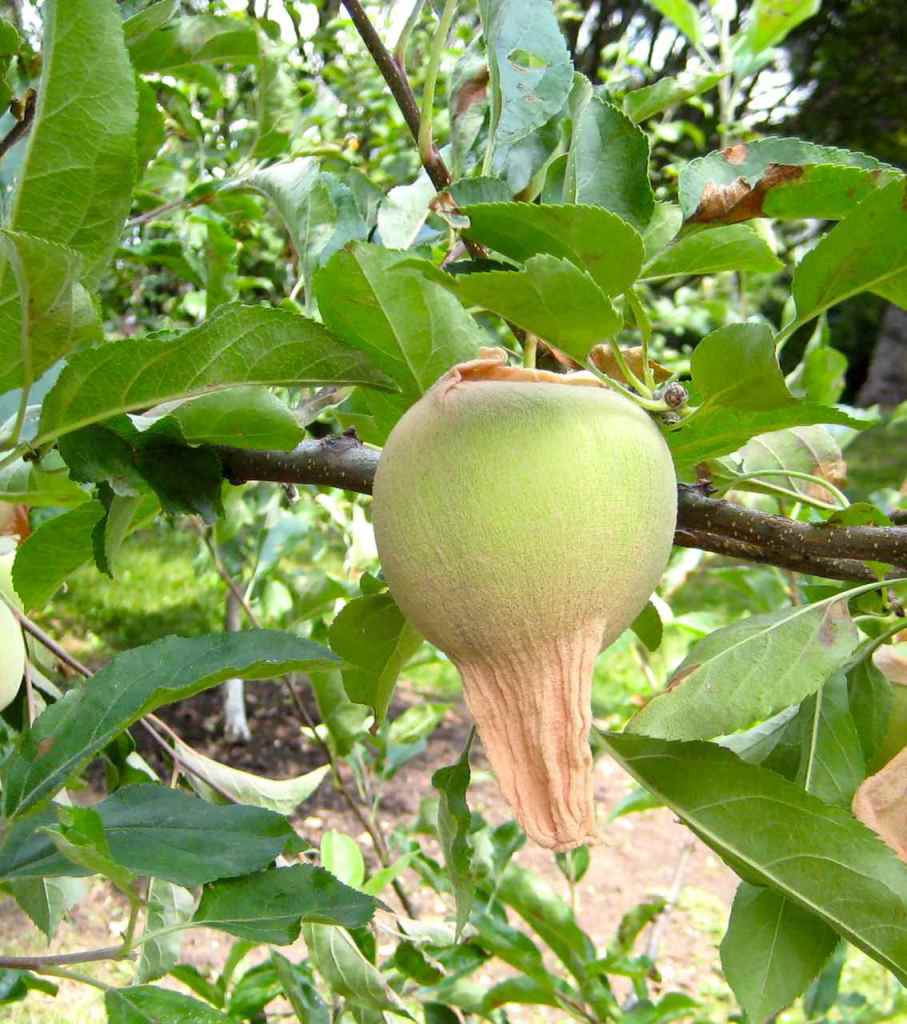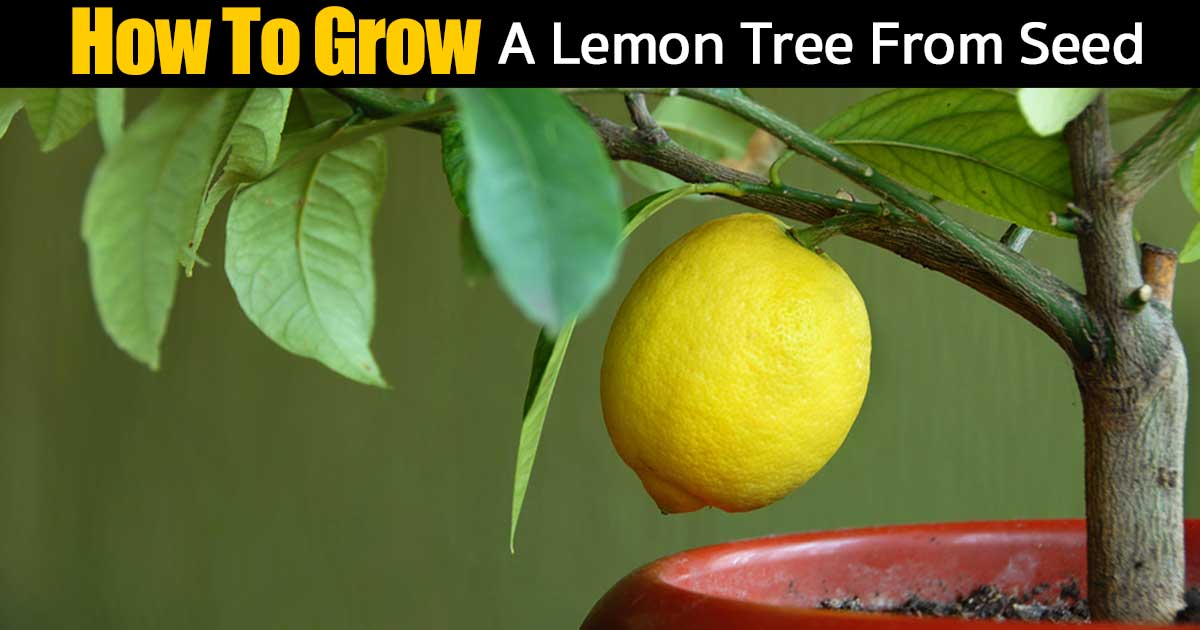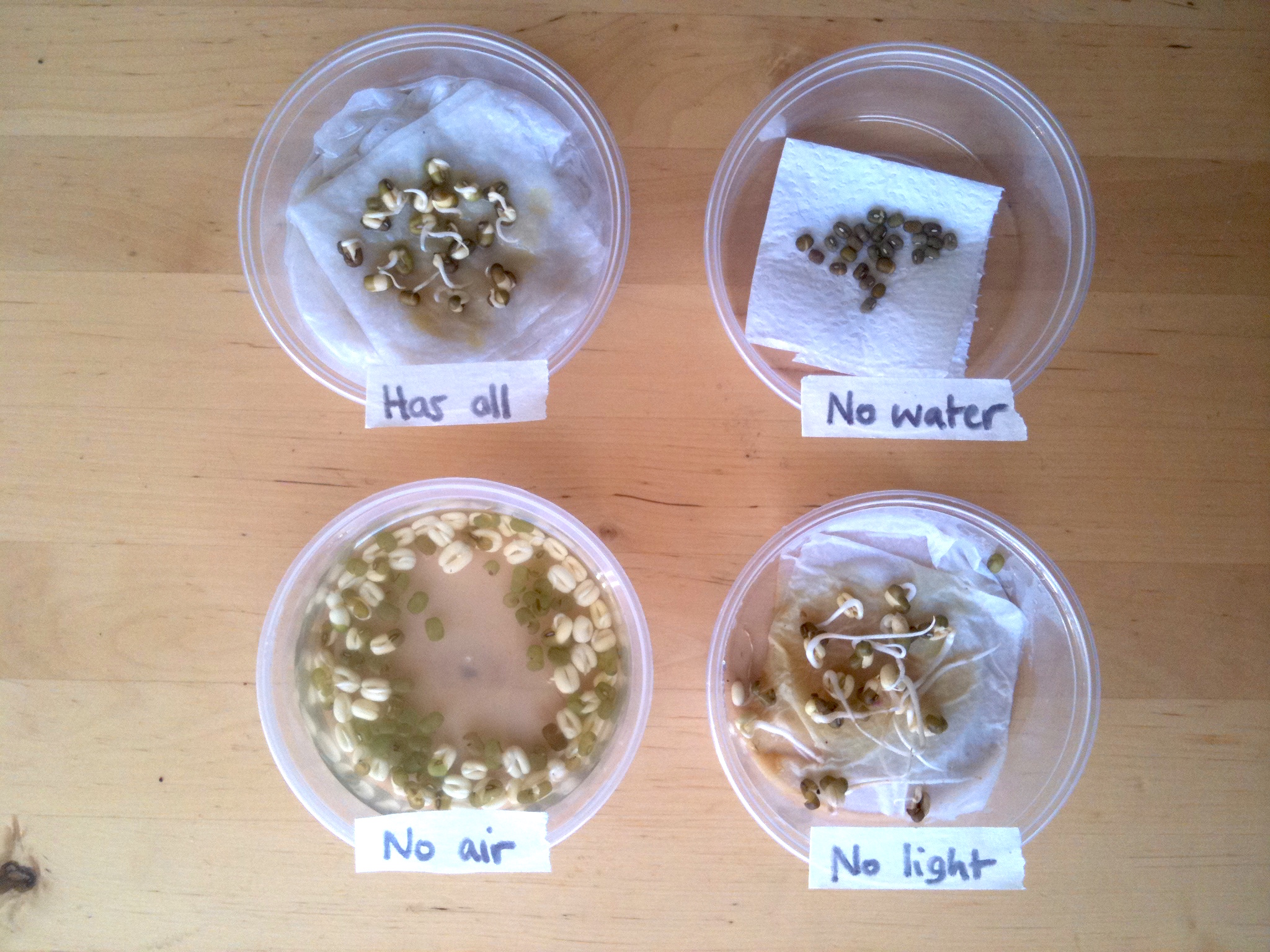The Fascinating Journey of Growing Fruit Trees from Seed
Embarking on the adventure of growing fruit trees from seeds can be both exciting and rewarding. While the process requires patience and dedication, the prospect of harvesting your very own homegrown fruit is an unparalleled experience. The question “how long does it take to grow a fruit tree from seed” is a common one, yet the answer varies significantly depending on several factors. Growing fruit trees from seeds is not only a fulfilling pastime but also an opportunity to contribute positively to the environment. By cultivating fruit trees in your backyard or community garden, you support local ecosystems, promote biodiversity, and enjoy fresh, organic produce. However, it’s essential to recognize that the journey to maturity involves various stages and considerations.
Exploring the Timeframe: How Long Does It Take to Grow a Fruit Tree from Seed?
The time it takes for a fruit tree to grow from seed to maturity is a subject of great interest for aspiring arborists. However, it’s crucial to understand that the process varies significantly depending on the tree species, growing conditions, and care provided. While some fruit trees may bear fruit in as little as three to five years, others might take up to a decade or more. For instance, fast-growing fruit trees like peaches, nectarines, and apricots typically take between three to five years to produce fruit. These trees are ideal for those who are eager to enjoy the fruits of their labor in a relatively short period. In contrast, slower-growing fruit trees, such as apples, pears, and cherries, may take between five to ten years to mature and bear fruit. Patience is key when cultivating these trees, as their eventual yield is well worth the wait.
It’s essential to recognize that the growth rate of fruit trees can be influenced by external factors, such as climate, soil quality, and the care provided. By optimizing these elements, you can help ensure your fruit tree grows at a healthy pace and reaches maturity as efficiently as possible.
In the following sections, we will explore how to select the right fruit tree species, create ideal growing conditions, plant and nurture your fruit tree seed, and monitor its progress. By understanding these key considerations, you’ll be well on your way to growing a thriving fruit tree from seed.
Selecting the Right Fruit Tree Species: Factors to Consider
Choosing the ideal fruit tree species for your garden or backyard is a crucial step in the process of growing fruit trees from seeds. By considering factors such as your local climate, available space, and personal preferences, you can ensure a successful and rewarding growing experience. First and foremost, it’s essential to select a fruit tree species that is well-suited to your region’s climate. Some trees thrive in temperate environments, while others prefer tropical or subtropical conditions. Researching the optimal growing zones for various fruit tree species will help you make an informed decision and increase the likelihood of healthy growth.
Space constraints are another essential factor to consider when selecting a fruit tree species. While some trees, like dwarf or semi-dwarf varieties, are suitable for smaller spaces, others require ample room to grow and flourish. Be sure to research the mature size of your chosen fruit tree to ensure it’s a good fit for your available space.
Lastly, personal preferences play a significant role in choosing the right fruit tree species. Consider which fruits you and your family enjoy eating, as well as any unique growing requirements or challenges associated with specific trees. By selecting a species that aligns with your interests and needs, you’ll be more motivated to invest the time and effort necessary to nurture your fruit tree from seed to maturity.
Popular fruit tree options include apples, pears, peaches, plums, and cherries. Each species has its unique growth habits and typical maturity times, ranging from three to five years for faster-growing trees to up to ten years or more for slower-growing varieties. By carefully considering the factors outlined above, you can select a fruit tree species that will not only thrive in your environment but also provide you with years of delicious homegrown fruit.
Creating Ideal Growing Conditions: Soil, Sunlight, and Water
To ensure the healthy growth of your fruit tree, it’s essential to provide it with ideal conditions, including well-draining soil, adequate sunlight, and appropriate watering techniques. These factors can significantly influence the growth rate and overall health of your tree, making it crucial to create an environment that supports its development. Well-draining soil is vital for fruit trees, as it prevents waterlogging and root rot, which can hinder growth and potentially kill the tree. To assess the drainage of your soil, dig a small hole about a foot deep and fill it with water. If the water takes more than a few hours to drain, you may need to amend the soil with organic matter, such as compost or peat moss, to improve its drainage.
Adequate sunlight is another critical factor in the growth of fruit trees. Most fruit trees require full sun, which means at least six hours of direct sunlight per day, to produce fruit and thrive. When selecting a location for your tree, consider factors such as nearby buildings, trees, or structures that may cast shadows and limit the amount of sunlight your fruit tree receives.
Appropriate watering techniques are also essential for the healthy growth of fruit trees. While it’s crucial to keep the soil consistently moist, overwatering can be just as detrimental as underwatering. As a general rule, fruit trees should receive about an inch of water per week, either from rainfall or manual watering. However, this amount may vary depending on your climate, soil type, and tree species.
By providing your fruit tree with well-draining soil, adequate sunlight, and appropriate watering techniques, you can help ensure it grows at a healthy rate and reaches maturity as efficiently as possible. In the following sections, we will discuss how to plant and care for your fruit tree seed, as well as how to monitor its progress and recognize signs of healthy growth.
Planting and Nurturing Your Fruit Tree Seed
Planting and nurturing a fruit tree seed is an exciting endeavor that requires patience, consistency, and dedication. By following a step-by-step guide and employing techniques to promote healthy growth, you can increase the likelihood of a successful growing experience. Step 1: Collecting and Preparing Seeds
To begin, collect seeds from fresh, ripe fruit or purchase them from a reputable supplier. Clean the seeds by removing any fruit pulp and allow them to dry for a few days.
Monitoring Progress: Recognizing Growth Stages and Milestones
Monitoring the growth of your fruit tree is a crucial aspect of the cultivation process, allowing you to identify key stages and milestones, recognize signs of healthy growth, and address potential problems. By understanding the typical development of fruit trees, you can ensure your tree is growing at a healthy rate and take action if necessary.
In the first year, your fruit tree seed will focus on establishing a robust root system to support future growth. During this time, you may not observe significant above-ground development. However, it’s essential to maintain proper care, including watering, fertilizing, and protecting the seedling from extreme temperatures and pests.
As your fruit tree enters its second year, you should notice increased growth in both the roots and above-ground portions of the tree. This is the time to begin pruning, which involves removing dead, diseased, or damaged branches to promote healthy growth. Pruning also helps maintain the shape and structure of your tree, making it easier to manage as it continues to grow.
During the third to fifth years, your fruit tree will start to mature, and you may observe the emergence of flower buds and, eventually, fruit. This is an exciting milestone in the growth process, signaling that your tree is healthy and thriving. However, it’s crucial to exercise patience, as it may take several more years for your tree to reach full maturity and produce a substantial yield.
To determine the optimal harvest time for various fruit tree species, consider factors such as fruit size, color, and taste. For many fruit trees, the ideal harvest time occurs when the fruit reaches its full size, displays vibrant colors, and offers a sweet, juicy flavor. Consulting gardening resources and guides specific to your tree species can provide more detailed information on determining the perfect harvest time.
Harvesting Your Homegrown Fruit: The Ultimate Reward
Harvesting your homegrown fruit is the pinnacle of the fruit tree cultivation journey, representing the culmination of patience, nurturing, and dedication. The satisfaction of picking fresh, succulent fruit from a tree you’ve grown from seed is unparalleled, making the wait well worth the effort.
To determine the optimal harvest time for various fruit tree species, consider factors such as fruit size, color, and taste. For many fruit trees, the ideal harvest time occurs when the fruit reaches its full size, displays vibrant colors, and offers a sweet, juicy flavor. Consulting gardening resources and guides specific to your tree species can provide more detailed information on determining the perfect harvest time.
When harvesting your fruit, it’s essential to use gentle techniques to avoid damaging the tree or the fruit. For most tree species, using clean, sharp pruning shears or a knife to carefully cut the fruit from the branch is recommended. Avoid pulling or tugging on the fruit, as this can cause bruising or other damage.
In addition to enjoying the fresh fruit yourself, consider sharing your homegrown bounty with friends, family, or neighbors. Not only is this a kind gesture, but it also provides an opportunity to showcase the results of your hard work and inspire others to try their hand at growing fruit trees from seeds.
By embracing patience and persistence throughout the fruit tree cultivation process, you’ll be rewarded with not only delicious, homegrown fruit but also a deep sense of accomplishment and connection to the natural world.
Embracing Patience and Persistence: The True Essence of Growing Fruit Trees
Growing fruit trees from seeds is a rewarding yet challenging endeavor that requires patience, persistence, and dedication. The process involves nurturing a tiny seed into a mature tree capable of producing delicious, homegrown fruit. While the journey can be long, the rewards are well worth the wait, offering not only fresh, organic produce but also a deep sense of satisfaction and connection to the natural world.
Understanding that the time it takes to grow a fruit tree from seed can vary significantly depending on the tree species, growing conditions, and care provided is crucial. Some fruit trees, like dwarf varieties, may mature and bear fruit in as little as three to five years, while others, such as standard-sized trees, may take up to a decade or more to reach maturity. Regardless of the timeline, embracing patience and persistence is essential for a successful fruit tree cultivation experience.
By focusing on providing ideal growing conditions, including well-draining soil, adequate sunlight, and appropriate watering techniques, you can promote healthy growth and minimize potential issues. Regularly monitoring the progress of your fruit tree, recognizing key stages and milestones, and addressing potential problems in a timely manner can also contribute to a more efficient growth process.
In the end, growing fruit trees from seeds is about more than just producing homegrown fruit; it’s an opportunity to learn, grow, and connect with nature. By embracing the journey and understanding that the rewards are well worth the wait, you’ll be better equipped to enjoy the process and appreciate the beauty of watching your fruit tree grow and flourish over time.









